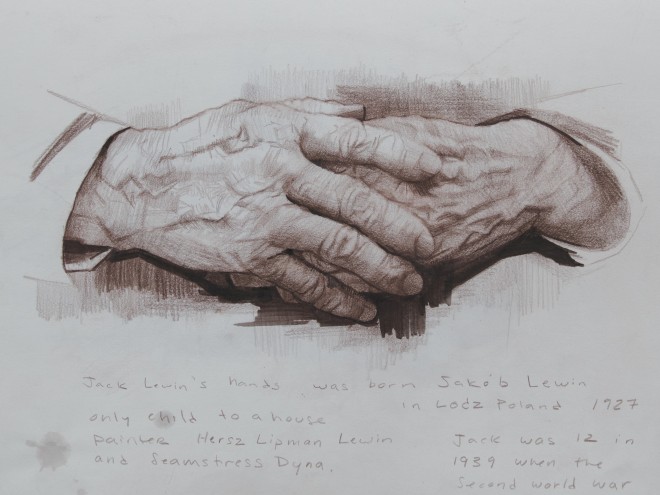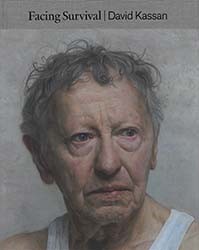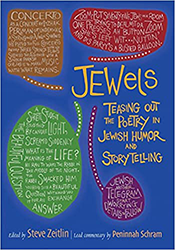Through archival materials, including care agency files, psychiatric reports, letters, photographs, and unpublished memoirs, Rebecca Clifford, an associate professor of modern European history at Swansea University, uncovers “the post-war lives of the very youngest survivors of the Holocaust, a group that has been historically neglected by scholars.” These children, born between 1936 and 1944, often have only a patchwork memory of their Holocaust experience. At its core, writes Clifford, “this book explores what it means to grow up and to grow older when…you are forced by your own circumstances to weave the story of your past from scraps.” It also shares how child survivors were often marginalized by older Holocaust survivors. Older survivors believed that youth protected younger victims from living in the horrors of the past, offering the opportunity to focus on rebuilding a life interrupted by trauma. Unfortunately, while childhood constructed different memories, it did not protect these victims from suffering.
Survivor’s: Children’s Lives After the Holocaust also explores how adults, sometimes Holocaust survivors themselves, helped these children to rebuild their lives. “While there were doubtless a good number of post-war children’s homes run by unenlightened staff to poor standards,” writes Clifford, the moment was marked by some remarkable innovations in terms of how communal living for children was conceived of and managed.” In chapter two, Clifford shares the heroism of Judith Hemmendinger, a social worker who managed the care of the children liberated from Buchenwald’s Kinderblock 66, which housed over 1000 starving Jewish children. If not for Hemmendinger, these boys would have suffered a second trauma in the hands of adults who, although well-meaning, could not help them to heal. Hemmendinger emigrated to Israel and continued her work on behalf of child survivors. Elie Wiesel and Former Chief Rabbi Yisrael Meir Lau were two of the hundreds of boys that rebuilt their lives under her care.
In chapter eight, we read of Zilla C. who in 1966, at twenty-six years old, wrote to those who had cared for her as a child survivor until age six. She shared the current “relative normalcy” of her life despite an adolescence moving between foster homes in the United States. In her forties, however, Zilla would seek to fill in the missing history of her past in a process that Clifford understands as a convergence “between memory of the individual and that phenomenon generally termed ‘collective memory.’” This chapter traces this shift in the psyche of middle-aged child survivors beginning to piece together their childhood memories, and seeking to break free from the idea that they had been the “‘lucky ones,’” who had both survived and forgotten their trauma.
Survivor’s: Children’s Lives After the Holocaust liberates the history of child survivors from obscurity. It elevates the experience of each child survivor and weaves a narrative that shares the collective trauma of these youngest victims. Clifford’s style makes this account accessible to any reader, and gives voice to those who were likely to be forgotten at a time when, with the passing of many older survivors, we must be particularly vigilant to ensure that the atrocities of the past will not be forgotten.





